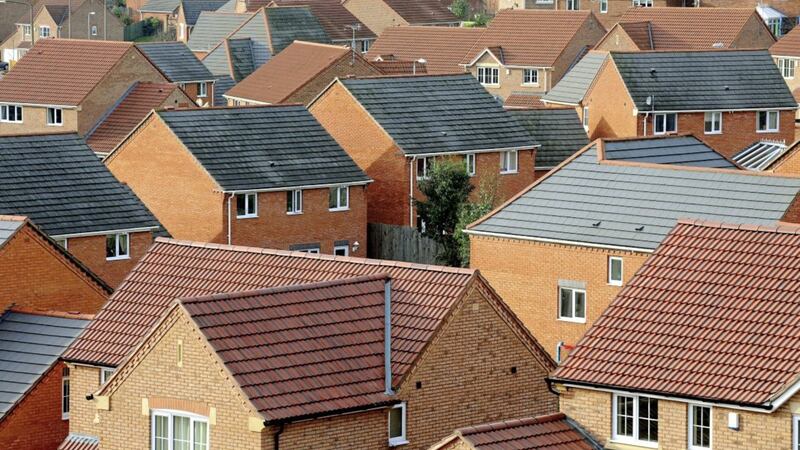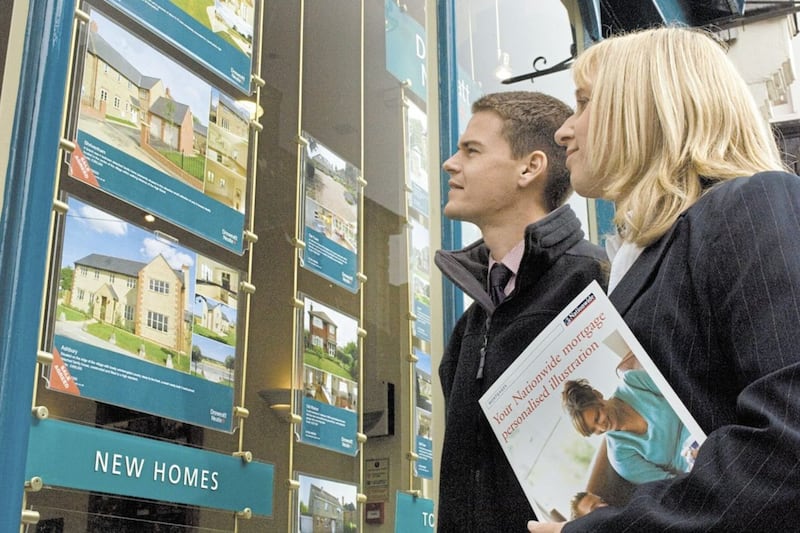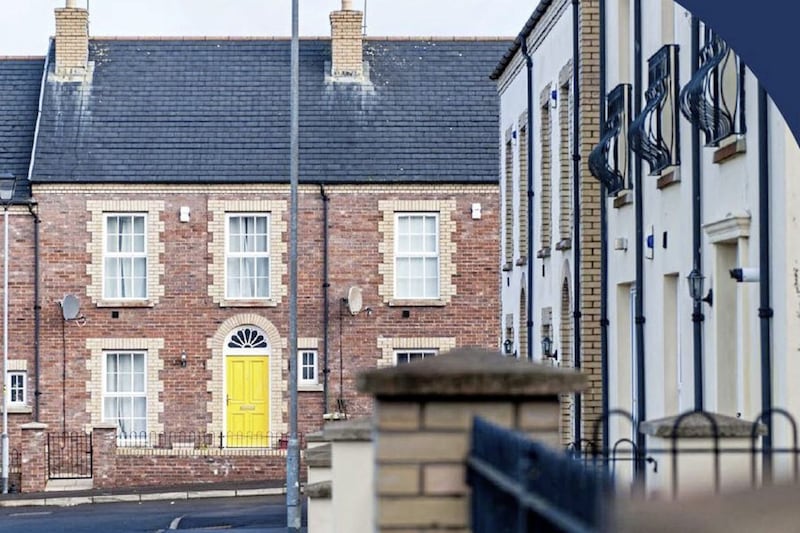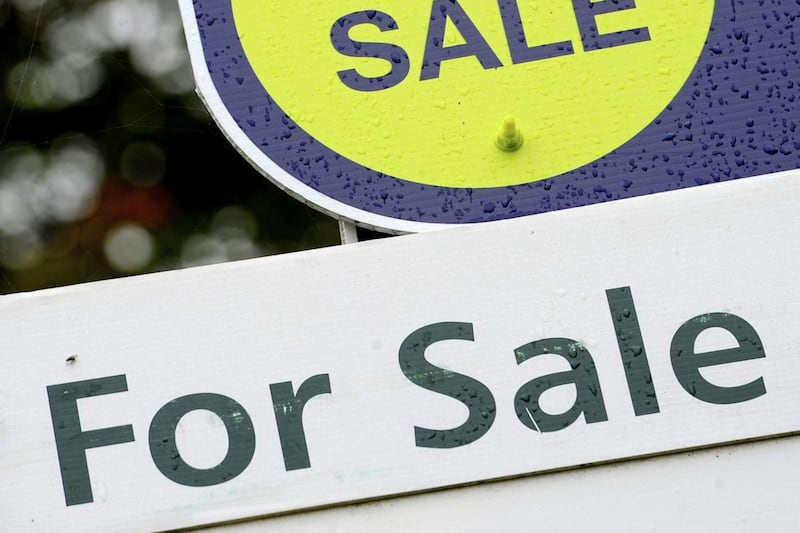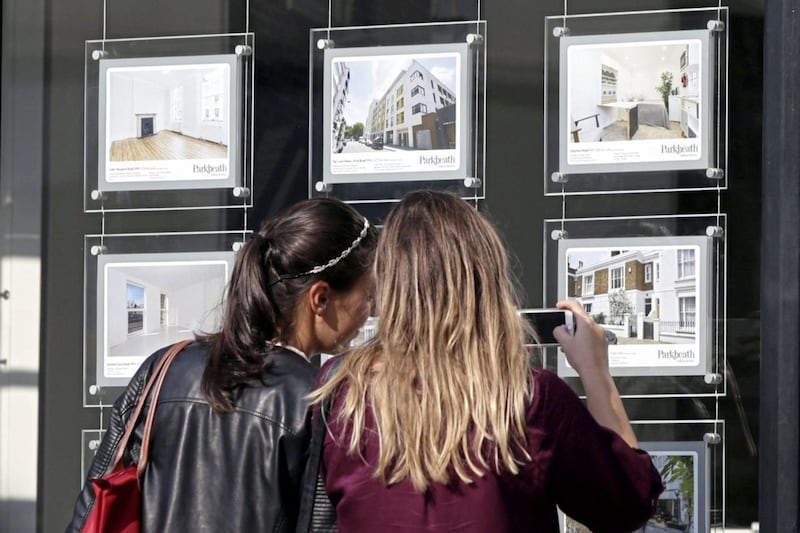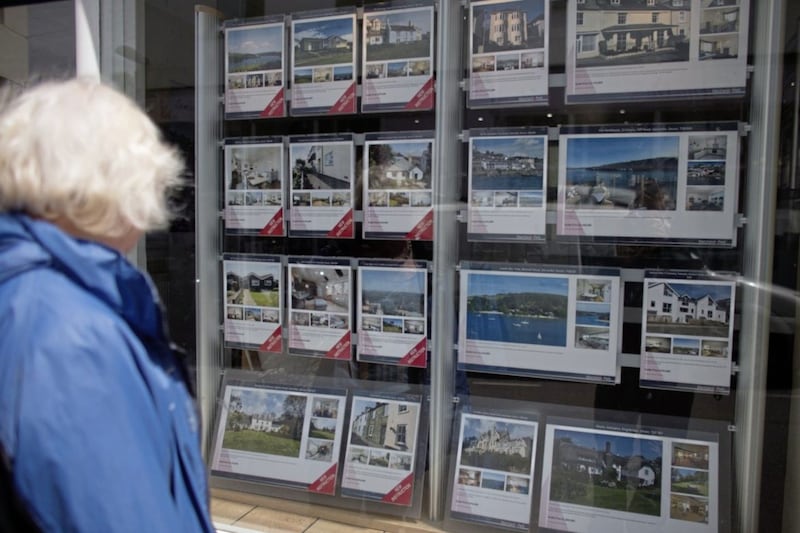HOUSE prices ended 2017 some 2.6 per cent higher than when the year started, with London identified as the UK's weakest-performing region for the first time since 2004, according to an index.
Across the UK, the average price was £211,156 in December, marking a 0.6 per cent month-on-month increase as well as the 2.6 per cent annual uplift, Nationwide Building Society said.
In Northern Ireland the average price, at £131,989, was up just 2 per cent over the year.
The overall annual UK rise was the slowest for any calendar year since 2012. It compares with a 4.5 per cent annual increase in December 2016.
For the first year since 2008, prices in northern England and the Midlands combined grew at a faster rate than in southern England, Nationwide said, with a 3.6 per cent year-on-year increase compared with 1.6 per cent.
In London, prices were down 0.5 per cent annually, taking the average to £470,922.
The strongest-performing region was the West Midlands, with prices up by 5.2 per cent annually, followed by the South West at 4.8 per cent.
An increase of 3.3 per cent was seen in Wales, with 2.6 per cent in Scotland.
Robert Gardner, Nationwide's chief economist, said 2017 "saw the beginnings of a shift", as rates of price growth in the South moderated towards those in the rest of the country.
He said: "London saw a particularly marked slowdown, with prices falling in annual terms for the first time in eight years, albeit by a modest 0.5 per cent.
"London ended the year the weakest-performing region for the first time since 2004."
Mr Gardner said a 20 per cent deposit in London now typically equates to more than £80,000, based on the average first-time buyer price. This is around £30,000 higher than a decade ago.
In other regions, such as the Midlands and northern England, deposit requirements are similar to 2007, he said.
Nationwide calculated that would-be buyers face spending around eight years saving for a deposit, rising to nine years in the South East and nearly 10 years in London.
Mr Gardner said subdued economic activity and an ongoing squeeze on household budgets is likely to exert a modest drag on housing market activity and price growth in 2018.
He said: "Overall, we expect house prices to record a marginal gain of around 1 per cent in 2018.
"Over the longer term, once the economy regains momentum, we expect house prices to rise broadly in line with earnings."
Mr Gardner said much will depend on how Brexit impacts on the UK economy.
Howard Archer, chief economic adviser for EY ITEM Club, said: "The Nationwide reported house prices rose 0.6 per cent month-on-month in December, which was the strongest increase since June.
"The fundamentals for house buyers are likely to remain challenging over the coming months with consumers' purchasing power continuing to be squeezed by inflation running higher than earnings growth.
"Additionally, housing market activity is likely to be hampered by fragile consumer confidence and limited willingness to engage in major transactions."
Jonathan Harris, director of mortgage broker Anderson Harris, said: "Getting the deposit together is still the biggest challenge for most first-time buyers and even a slowdown in property price growth is not enough to make the difference between being able to get on the property ladder or not, particularly in London."
Here are average house prices across the UK and the annual change, according to Nationwide Building Society:
West Midlands, £182,861, 5.2 per cent
South West, £239,576, 4.8 per cent
East Midlands, £177,180, 4.6 per cent
North West, £157,488, 4 per cent
Wales, £150,885, 3.3 per cent
Outer South East £277,030, 3.1 per cent
Scotland, £146,578, 2.6 per cent
East Anglia, £223,613, 2.3 per cent
Northern Ireland, £131,989, 2 per cent
Yorkshire and Humberside, £151,747, 1.8 per cent
Outer Metropolitan, £361,598, 1.2 per cent
North East, £124,535, 0.2 per cent
London, £470,922, minus 0.5 per cent
